-
Strikes and protests in January 2026 and how you may be affected
Doctors, rail staff, and farmers are all taking action
-
Good news as lower electricity bills confirmed in France
The change is not a ‘revolution’ but will give some purchasing power back, minister says
-
French ski resorts report excellent Christmas despite less snow than last year
Bookings are up and non-snow related activities are also on the rise
MAP: Which French departments are the least populated?
From forested mountains to medieval villages, we take a look at the least-populated departments in France for a solitary séjour
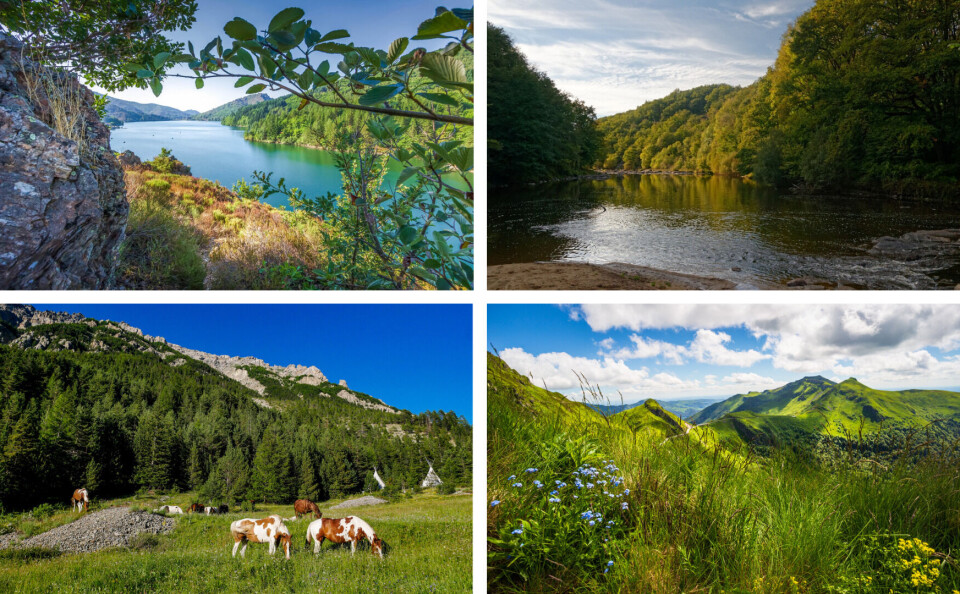
If you are seeking solitude and tranquillity in France, you could do worse than the following regions and departments, which have the fewest residents nationwide.
The least-populated regions
Regionally, the latest figures from statistics bureau INSEE (January 1, 2023) show that in mainland France plus Corsica, the populations are (from least to most-populated):
Unsurprisingly, Ile-de-France has the most residents, while Corsica has - by far - the fewest.
The least-populated departments
Drilling down to department level, the latest available figures show:
1. Lozère (Occitanie)
Image: Philippe jourdren / Shutterstock
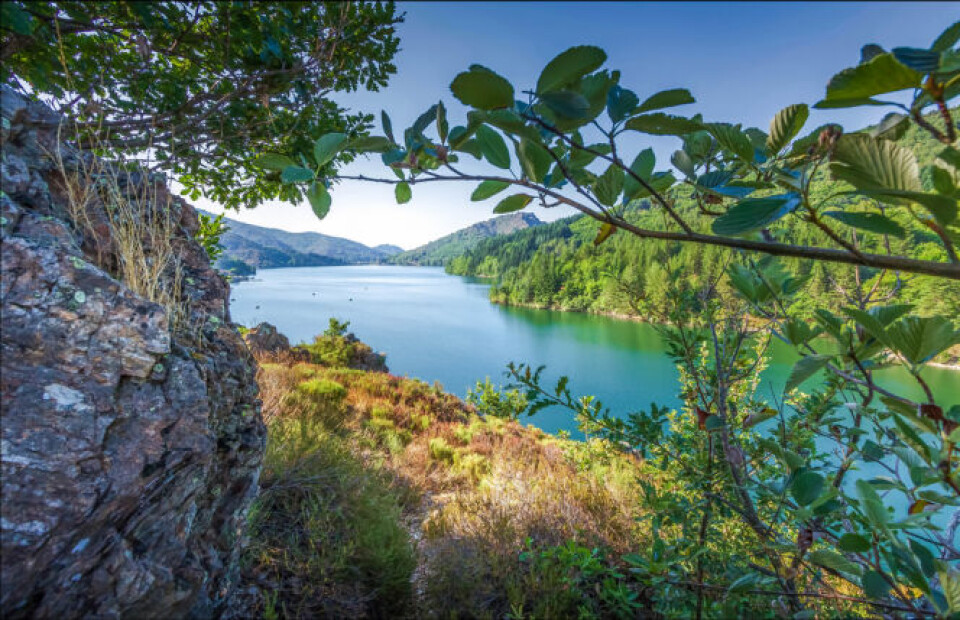
Population: 75,500 (Insee, 2019)
This forested department is abundant in nature and picturesque landscapes. Phone reception can be sketchy due to the area’s remoteness: perfect for truly ‘getting away from it all’.
2. Creuse (Nouvelle-Aquitaine)
Image: Alain PITAULT / Shutterstock
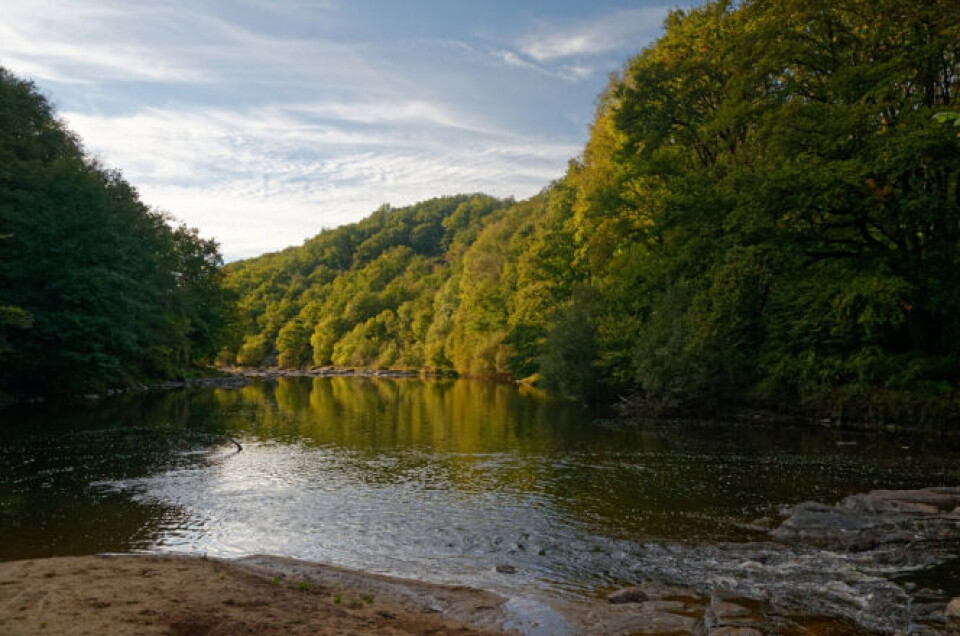
Population: 117,340 (Insee, 2019).
Some might say that there are more trees than people here - and the largest town, Guéret, has just 13,563 inhabitants. Rural in nature, it is known for its chestnut and hazelnut production, plus the prestigious Charolais and Limousin cattle breeds.
3. Hautes-Alpes (Provence-Alpes-Côte d'Azur)
Image: Yannick EYRAUD / Shutterstock
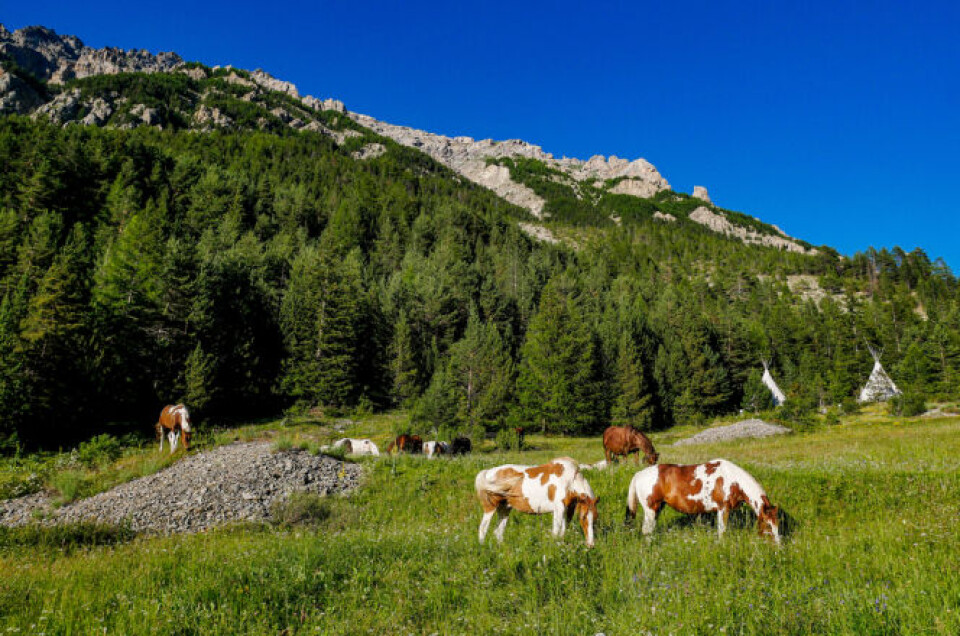
Population: 141,784 (Insee, 2019).
The high altitudes (average elevation 1,000m) make this department more difficult to build on and settle in, and the extreme winter weather may also be a deterrent. However, for stunning landscapes and beautiful weather, you could do much worse.
4. Cantal (Auvergne-Rhône-Alpes)
Image: slowmotiongli / Shutterstock
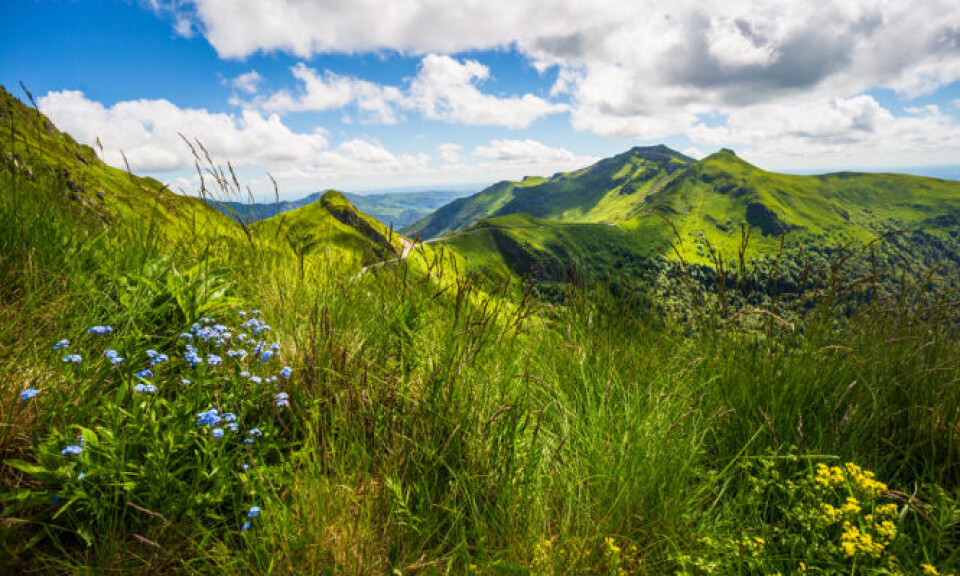
Population: 144,200 (Insee, 2019).
Another mountainous department, with high rainfall and snowfall. There are upsides, however: Excellent views and world-famous cheese (including Cantal, Salers, and Bleu d'Auvergne).
5. Territoire de Belfort (Bourgogne-Franche-Comté)
Image: Sergey Novikov / Shutterstock

Population: 143,104 (Insee, 2019).
At just 609 km², this department is small, with the population to match. However this also means it is sometimes very densely-packed department, with thousands of people flocking to it in summer.
6. Ariège (Occitanie)
Image: andre quinou / Shutterstock
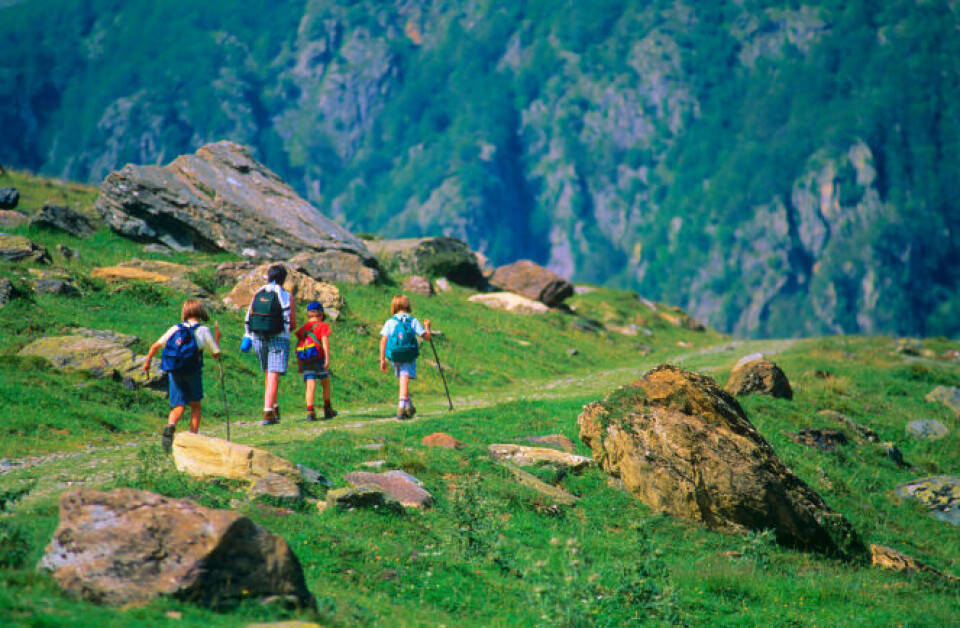
Population: 152,300 (Insee, 2019).
A small population, but a surfeit of splendour, including vast history and culture, farming, chateaux, gastronomy, and mountains. This makes it popular with tourists, but it manages to avoid the worst of the crowds.
7. Corse-du-Sud (Corsica)
Image: Serenity-H / Shutterstock
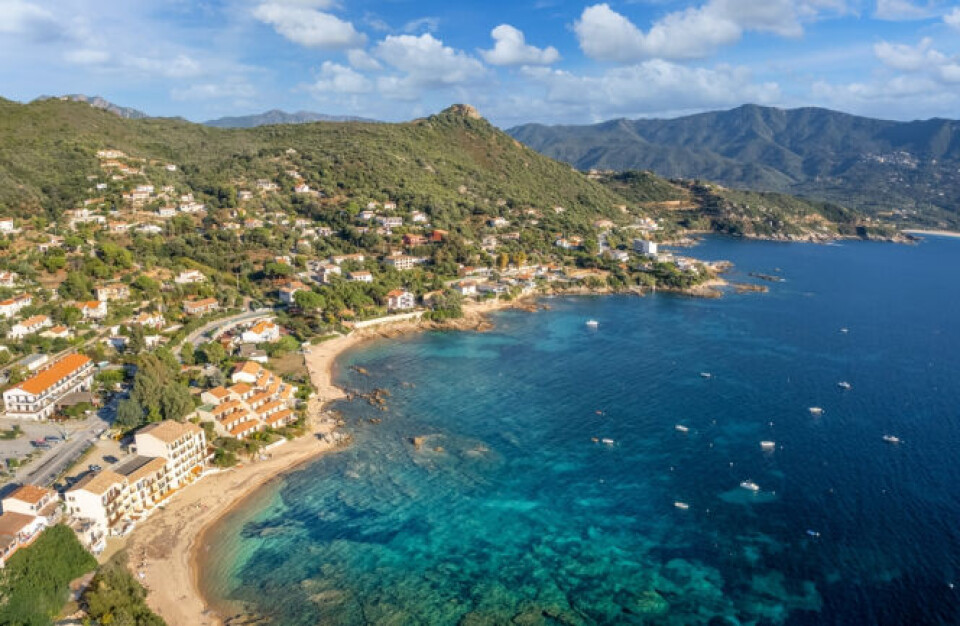
Population: 160,814 (Insee, 2020).
With trees covering 66% of the area (the highest proportion of any department) this place is a true woodland and seaside sanctuary, with beaches not far away, and excellent cured ham, too.
8. Alpes-de-Haute-Provence (Provence-Alpes-Côte d'Azur)
Image: boivin nicolas / Shutterstock
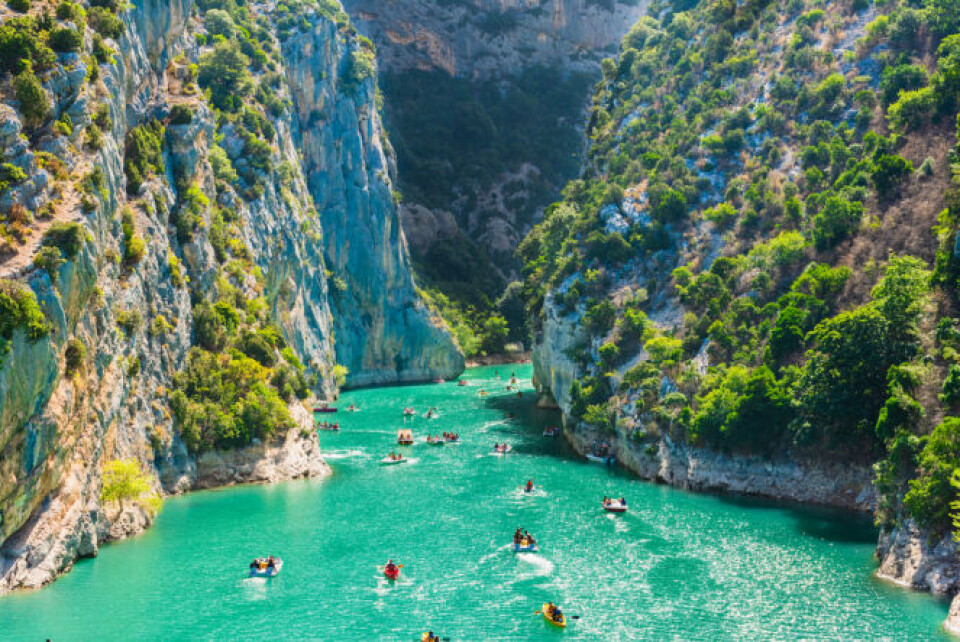
Population: 161,980 (Insee, 2019).
Cold, snow, and altitudes can make this a difficult place in which to live, but the jaw dropping landscapes and gorgeous summer weather make up for it. With over 30% second homes, this beautiful department can feel pretty empty during low season, leaving its impressive vistas all for you.
9. Haute-Marne (Grand Est)
Image: Leonid Andronov / Shutterstock
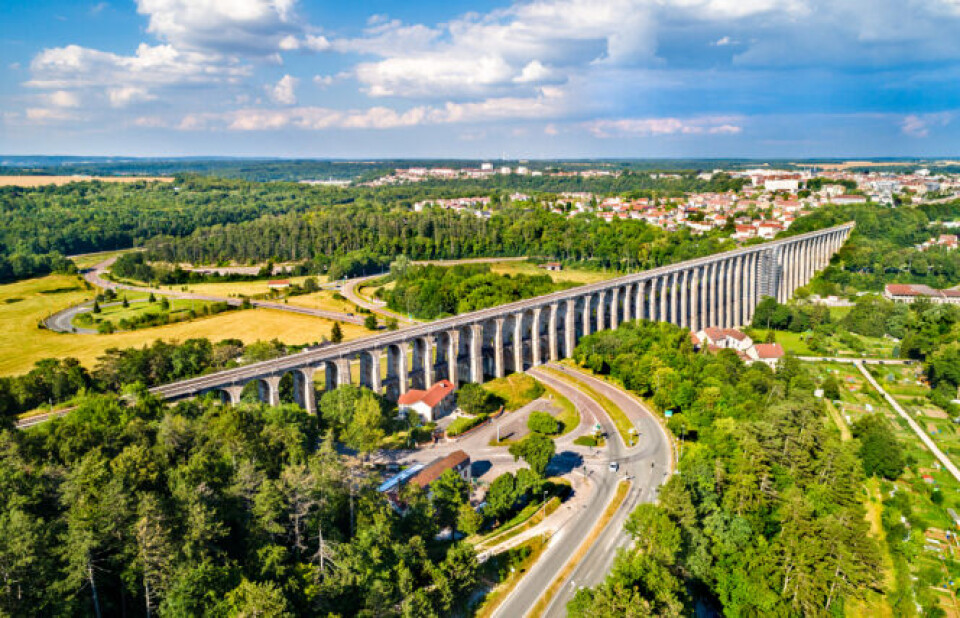
Population: 173,041 (Insee, 2019).
A department of the Champagne region, with vineyards aplenty (and a notable railway viaduct). Saint-Dizier is the most-populous town, with 22,928 inhabitants.
10. Lot (Occitanie)
Image: Richard Semik / Shutterstock
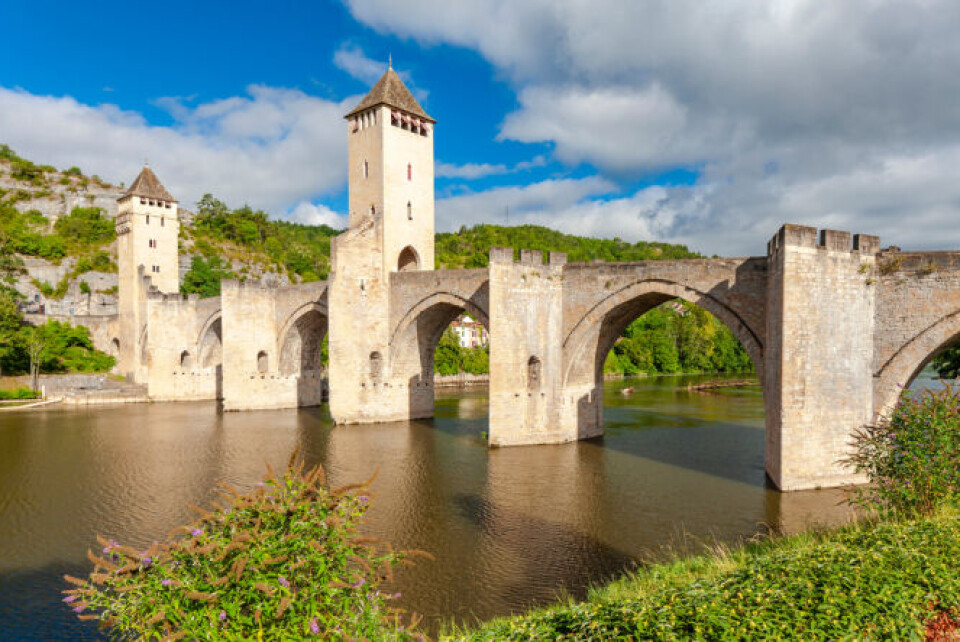
Population: 171,770 (Insee, 2019).
A pretty department, popular with tourists, but which still retains a small-town feel, with historically-impressive medieval towns such as Cahors and Rocamadour.
11. Haute-Corse (Corsica)
Image: l i g h t p o e t / Shutterstock

Population: 180,378 (Insee, 2019).
Known as a holiday destination due to its beaches and picturesque towns, this department is also known for attracting intrepid sportspeople across the disciplines of climbing, skiing, scuba diving, and - of course - hiking, with its infamously-challenging 177 km GR 20 trail.
12. Meuse
Image:Traveller70 / Shutterstock
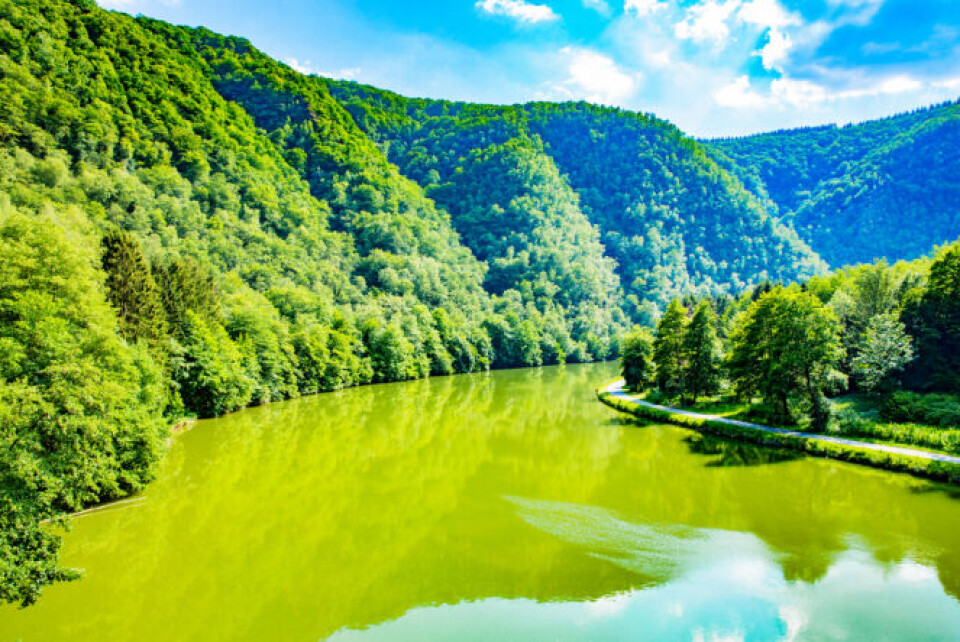
Population: 184,474 (Insee, 2019).
Close to Belgium and Luxembourg, and near Marne and Ardennes, this department is not as empty as some, but it is still relatively sparse, and arguably best-known for its historical connections to World War One (which led to an exodus of residents). Its busiest town is Verdun, with 16,942 inhabitants.
Related articles
Which French departments have more cows, pigs and sheep than people?
Has your area of France gained or lost inhabitants in recent years?
Dordogne still area of France after Paris with most Britons
























